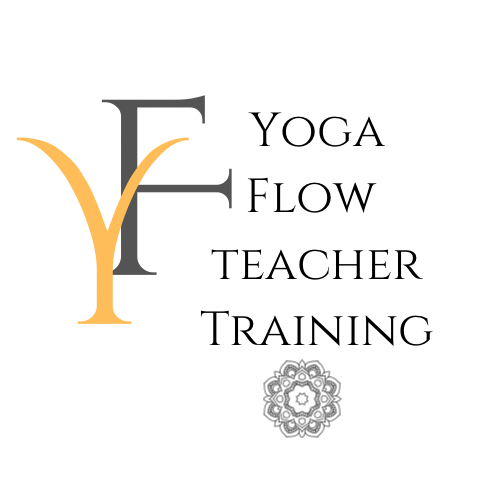
The Need for Restorative Yoga in Modern Life
In today’s fast-paced, technology-driven society, restorative yoga provides a much-needed counterbalance. Research shows that constant sensory stimulation, chronic stress, and fatigue contribute to prolonged activation of the sympathetic nervous system—the body’s “fight-or-flight” stress response (McEwen, 2007). While this system is essential for short-term survival, ongoing activation without adequate recovery can impair physical, mental, and emotional health (Chrousos, 2009).
Restorative yoga offers a scientifically supported pathway to counter this imbalance. By engaging the parasympathetic nervous system—the body’s “rest-and-digest” state—it helps lower heart rate, reduce blood pressure, and improve overall wellbeing (Pascoe et al., 2017). Regular practice has been linked to reduced anxiety, improved sleep, and enhanced resilience to stress (Kinser et al., 2016).
This makes restorative yoga not just beneficial, but essential in today’s culture—supporting recovery, balance, and whole-person wellbeing.
What Makes Restorative Yoga Different from other Styles of Yoga?
-
Extended time in postures: Shapes (asana) are generally held for longer durations (7–20 minutes), which encourages deep relaxation and stillness (Clark et al., 2014).
-
Full body support: Props such as bolsters, blankets, and blocks are used to completely support the body, reducing muscular effort.
-
Comfort as a priority: The practice emphasizes ease and steadiness, allowing students to stay comfortable throughout.
-
Activation of the parasympathetic nervous system: By fostering the “rest-and-digest” response, restorative yoga helps regulate heart rate, blood pressure, and stress hormones (Pascoe et al., 2017).
-
Inclusive approach: With thoughtful use of props and intention, restorative yoga can be adapted for a wide range of abilities and needs.
Sleep vs. Conscious Relaxation

Although sleep and conscious relaxation may appear similar, they are distinct physiological and psychological states. Research beginning with Dr. Herbert Benson’s foundational work on the “relaxation response” highlights important differences (Benson, 1975).
-
Stress and Anxiety
-
Sleep does not guarantee freedom from stress; in fact, anxiety or distress can be provoked by nightmares or vivid dreams.
-
Conscious relaxation, however, consistently reduces the physical, mental, and emotional effects of stress by eliciting the relaxation response (Benson & Klipper, 2000).
-
-
Oxygen Consumption
-
Conscious relaxation reduces oxygen consumption by 10–20% within the first 3 minutes. In contrast, sleep reduces oxygen consumption by only about 8% and this occurs more gradually (after 4–5 hours) (Benson et al., 1974).
-
Reduced oxygen demand during relaxation supports cellular repair and recovery processes, enhancing tissue healing potential.
-
-
Blood Lactate Levels
-
Relaxation practices lead to a measurable decrease in blood lactate levels, a byproduct of anaerobic metabolism often associated with stress and anxiety (Benson et al., 1974).
-
Sleep does not demonstrate the same reduction, indicating that conscious relaxation has unique metabolic benefits.
-
-
Brain Wave Activity
-
During conscious relaxation, alpha brain waves (8–10 Hz) increase in duration and intensity, supporting creativity, imagination, and emotional regulation (Cole, 2005).
-
In deeper relaxation, these may shift into theta rhythms (4–7 Hz), which are linked with meditative and spiritual experiences. Sleep, in contrast, is more often dominated by delta rhythms during its restorative stages.
-
Why This Matters for Yoga Teachers
Understanding the distinction between sleep and relaxation underscores why practices such as restorative yoga, yoga nidra, and meditation are essential. These techniques reliably activate the relaxation response, reduce stress physiology, and promote healing in ways that ordinary sleep alone cannot achieve.
-
